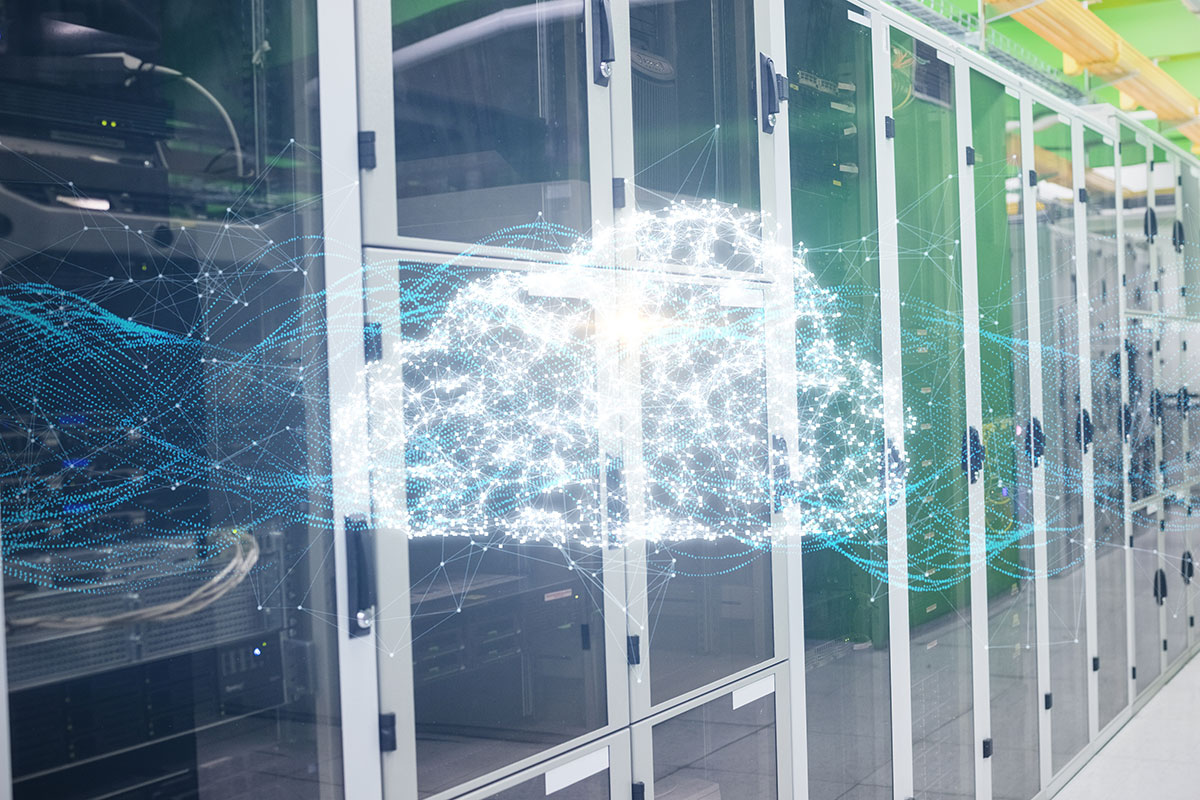When an infant in respiratory distress arrives at a remote nursing station in northern Saskatchewan, Canada, the on-duty nurse contacts a pediatrician in a tertiary care facility 1400 miles away. The pediatrician taps her tablet to activate a robot at the remote station and then controls the robot’s powerful cameras, stethoscope and other remote instruments as she remotely “examines” the child. From there, she uses a telestrator to annotate a video image in freehand, showing the nurse how to set up a treatment for the child’s life-threatening condition.
This story, reported late last year by The Conversation nonprofit news network, is just one of thousands about how IT is being applied to improve or save human lives with technology-powered healthcare services. Telepresence capabilities, robotics, artificial intelligence (AI) and the ability to quickly share electronic health records (EHRs) across vast distances are all helping to both democratize the availability of patient care and improve its quality.
Unmatched Reformation
“Healthcare is currently undergoing a period of reformation on a scope and scale that is unmatched,” the Healthcare Information and Management Systems Society (HIMSS) pointed out in its 2019 Healthcare Trends Forecast.
“A perfect storm of factors…including the ever-expanding potential of digital health tools are coalescing and fundamentally disrupting business models.”
Network-based telehealth programs now put care within reach of people in rural areas who once couldn’t get it or had to wait a long time for it. EHRs have now been adopted by more than 95 percent of hospitals and nearly 90 percent of office-based physicians, according to the HIMSS report. When coupled with telepresence, they enable specialists to virtually collaborate, which helps speed diagnoses and treatments.
Democratizing Care in Alaska
In Alaska, for example, 99.95% of the state is rural, the climate is harsh, and several hundred small communities are not reachable by roads. In many places medical care was nonexistent until Alaskan Communications teamed with Juniper Networks to build a fiber-optic and microwave statewide private healthcare communications system. That network now delivers a wide array of emergency, diagnostics and specialized medical services to people in rural areas.
“In Alaska, ‘telehealth’ is not a word,” Colin Underwood, healthcare program manager at Alaska Communications said in a published case study about the network. “It’s just the way healthcare is done here.”
Previously, rural Alaskans had to rely on mail, phone and fax to communicate issues and treatments. They often had to wait weeks or months for a rotating physician or nurse to come through their village, Underwood explained.

Healthcare providers now access EHRs and the state health information exchange (HIE) to gather as much medical information as possible. Urban medical centers and remote clinics can communicate by videoconferencing, and hospital specialists can evaluate patients in a village clinic equipped with telemonitoring and telepresence capabilities. The communications system shaves the time it takes for a radiologist to receive a scan from a remote clinic from two hours to two minutes, according to Underwood.
“Imagine all of the services that are available to you in one building when you go to your doctor’s office,” he said. “In Alaska, healthcare providers are trying to do that via telehealth.”
Personalized Medicine and Digital DNA
“There’s much we now understand digitally about an individual’s health that was once beyond our reach,” observed Ravi Mhatre, a founding partner at Lightspeed Venture Partners, who invests in up-and-coming technologies, including healthcare IT.
Sensors in smartwatches or other wearables, for example, report on an individual’s blood pressure, heart rate, glucose levels and a dozen other variables across networks to clinicians who might be anywhere. “They’re no doubt saving lives,” he said.
“Coupled with the patient's electronic medical history, conditions, medications and so forth, real-time health data can be crunched to determine diagnoses and treatments far more efficiently than in the past,” Mhatre said.
While drugs and other treatments once relied on random samplings and statistics to predict success rates and side effects, AI and big data could soon play a role in improving accuracy and speeding up clinical trials, according to Ayanna Howard, Chair of the School of Interactive Computing at Georgia Institute of Technology and founder and CTO of Zyrobotics, LLC.
She indicated that AI could potentially model data accumulated from researchers across different pharmaceutical companies.
“That could mean that the [pharmaceutical community] could possibly solve for more variables,” she said, referring to the impact of a new drug. It could possibly minimize the time needed for clinical trials and, in turn, lower the development costs that could be passed on to patients, she said.
[Related: The Definitive Guide to Transforming Healthcare IT with Enterprise Cloud]
Big data has enabled similar strides in the life sciences, where research labs are now able to digitize genetic data. Now it’s possible to simulate how changing the genetic structure of a virus will impact an interaction, according to Mhatre.
Medical Miracles
3D printing, wearable technology and robotics are enabling what once would have been deemed miracles. Because of breakthrough work accomplished by the Not Impossible Labs, the graffiti artist Tempt1, paralyzed by amyotrophic lateral sclerosis (ALS), has been able to use a system of cameras and open-source computer vision software to make art with his eyes.
The deaf can experience music, thanks to a platform the lab created for composing, translating and sending audio as vibrations wirelessly to the users' bodies. And modern-day robots are both helping improve surgery outcomes and, in the form of exoskeletons, allowing paraplegics to walk.
The medical community has also begun harnessing 3D printing to build tiny human organs using the same layering techniques as “printing” other physical items but with stem cells as the production material, TechCrunch reports. In the future, these “organoids” might be able to grow inside the body of a sick patient and take over when a kidney, liver or other organ fails.
The same goes for skin — the largest organ of the human body — and an area of great need for burn victims who for centuries have endured painful skin grafts that produce suboptimal aesthetics. Researchers in Spain reportedly have now taken the layer-upon-layer mechanics of 3D printing to create a 3D bioprinter prototype that was able to print about 100 square centimeters of human skin in half an hour.
Maintaining Perspective
Not all technology is making humans healthier. Many experts bemoan the long hours individuals log on their many devices. A study published last year, for example, indicates that the average office worker spends 1,700 hours in front of a computer screen per year.
It’s well-documented that this overuse can cause eye strain, sedentariness, attention deficit, carpal tunnel syndrome, obesity and other unwanted consequences. And there are many effects as yet unknown that will undoubtedly arise as more years of the behavior become available to study. With progress enabled by technology and automation, there are always trade offs, some of which often take many years to be fully realized.
Still, Mhatre believes that the most positive impact of technology in the past 25 years has been in the practice of medicine.
“It’s become more personalized; we can understand digitally a lot about an individual’s health at any point in time, including how an individual might react to some type of treatment,” he said.
Mhatre said the shift to using distributed computing will benefit humankind, particularly because of what it will bring to healthcare.
“When machines work together as a group, it radically changes the amount of power people have at their fingertips,” he said. “And that means social and economic benefits. In the area of medicine, people will have meaningfully higher quality of health.”
Editor’s note: Learn more about how Nutanix technology helps healthcare organizations simplify operations so they can deliver better patient outcomes and clinician productivity.
Joanie Wexler is a contributing writer and editor with more than 20 years experience covering IT and computer networking technologies.
© 2019 Nutanix, Inc. All rights reserved. For additional legal information, please go here.
